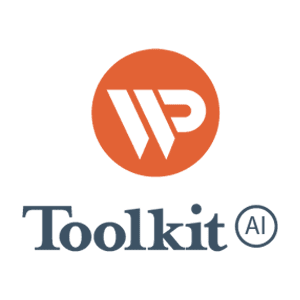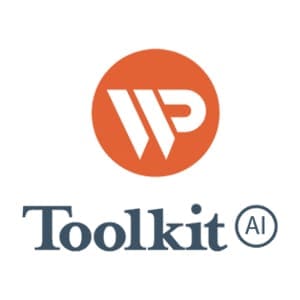Translating WordPress Plugin readme files can offer significant benefits in reaching broader markets and enhancing your digital presence. Here’s a focused exploration of why translating the readme file is a crucial step for developers looking to expand their reach.
1. Catering to a Global Audience by Translating WordPress Plugins:
Less than half of WordPress websites use English, which implies that over 50% of potential users may prefer or require content in a different language.
Top 10 Used Languages
- English (US): 43.39%
- English (UK): 3.90%
- Spanish (Spain): 5.89%
- German: 5.52%
- Japanese: 5.82%
- French (France): 4.47%
- Italian: 3.18%
- Portuguese (Brazil): 3.61%
- Russian: 2.35%
- Dutch: 2.38%
Translating the readme file of your plugin or theme into multiple languages can dramatically increase its accessibility to a global audience. This approach not only boosts user engagement but also ensures that your plugin or theme is not overlooked by non-English speakers.
WordPress.org supports an impressive range of languages, offering translations for over 162 languages. However, it’s important to note that only 65 of these languages are fully translated. This extensive language support is a crucial aspect to consider if you’re planning to develop or distribute a WordPress plugin, as it opens up a broad international market for your product.
To appeal to this global audience, it’s essential to ensure your plugin is also translated into various languages. While WordPress provides the infrastructure for translations, it doesn’t automatically translate plugins. This means you’ll need to take the initiative to make your plugin multilingual.
Translating WordPress plugins can be a complex process, but it’s definitely worth the effort. It involves creating .po (Portable Object) and .mo (Machine Object) files for each language. You can find any plugin’s translation file on translate.wordpress.org, where you can see the progress and status of translations.
Remember, Translating WordPress Plugins isn’t just about reaching more users; it’s also about enhancing the user experience for non-English speakers and expanding your potential market. If you’re not confident in managing this process yourself, seeking professional help can be a wise investment. At WP Toolkit, we specialize in assisting with plugin translations, ensuring that your product can effectively reach and resonate with a global audience.
2. Enhanced Visibility and SEO:
When a plugin or theme readme is translated into various languages, it can significantly improve its visibility on search engines and on WordPress.org. This is particularly impactful when users search for solutions in their native languages. WordPress.org is known to prioritize plugins and themes that offer translations, which can lead to higher search rankings and increased discovery by a diverse user base.
3. Improved User Experience and Trust:
Providing information in a user’s native language enhances their experience and builds trust. A multilingual readme ensures that users can easily understand the functionality and benefits of your plugin or theme, leading to better user satisfaction and potentially more downloads and active installations.
4. Streamlined Update and Management Process:
WordPress.org’s centralized translation management makes updating and maintaining translations relatively straightforward. Once the readme is translated into a new language, WordPress automatically creates a corresponding landing page in that language, streamlining the process and ensuring that the most current information is always available to users.
5. Competitive Edge:
By offering multilingual readme files, your plugin or theme stands out in a crowded marketplace. This approach demonstrates a commitment to inclusivity and user-friendliness, which can be a decisive factor for users when choosing between different plugins or themes.
Conclusion:
In the global and diverse landscape of WordPress, Translating WordPress Plugin readme files of your plugin or theme into multiple languages is more than a courtesy—it’s a strategic move. It not only broadens your reach to non-English speaking markets but also enhances your product’s usability, trustworthiness, and visibility. By investing in readme file translation, you’re not just crossing language barriers; you’re opening doors to new opportunities and audiences.
Start Translating Your Readme with WP Toolkit’s Automatic Translation Service
After purchasing a language pack, no subscription is needed! Our service is word count-based. Simply add the slug of a WordPress.org-hosted plugin or theme, and we will take care of the translation for you. We fetch the latest version of the readme strings from translate.wordpress.org and ensure that your readme is translated into the language you selected. This process is straightforward. After the translation, you can review the wordpress readme translation and also edit translations. In the last step, you use it for deployment to WordPress. It’s that simple!


